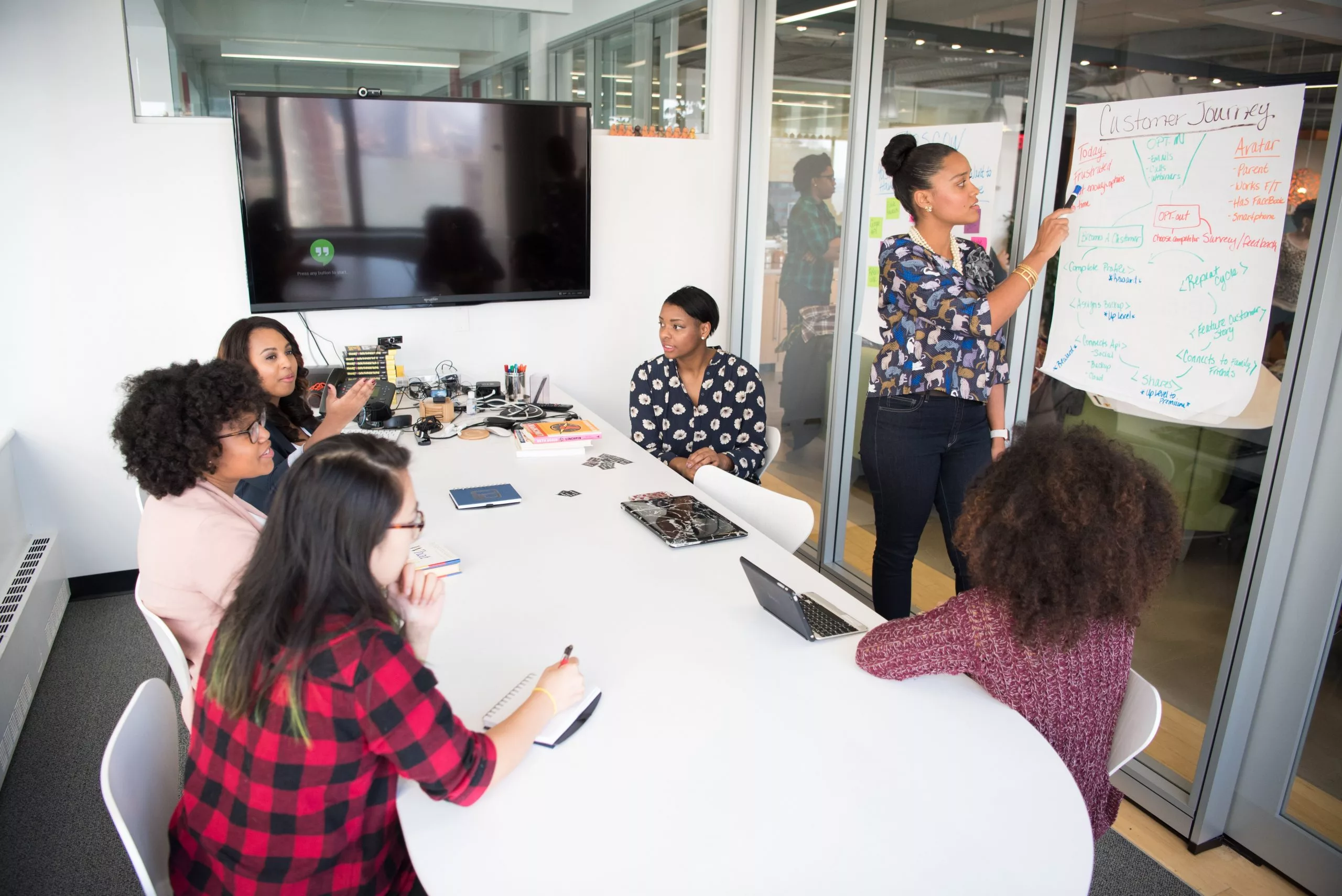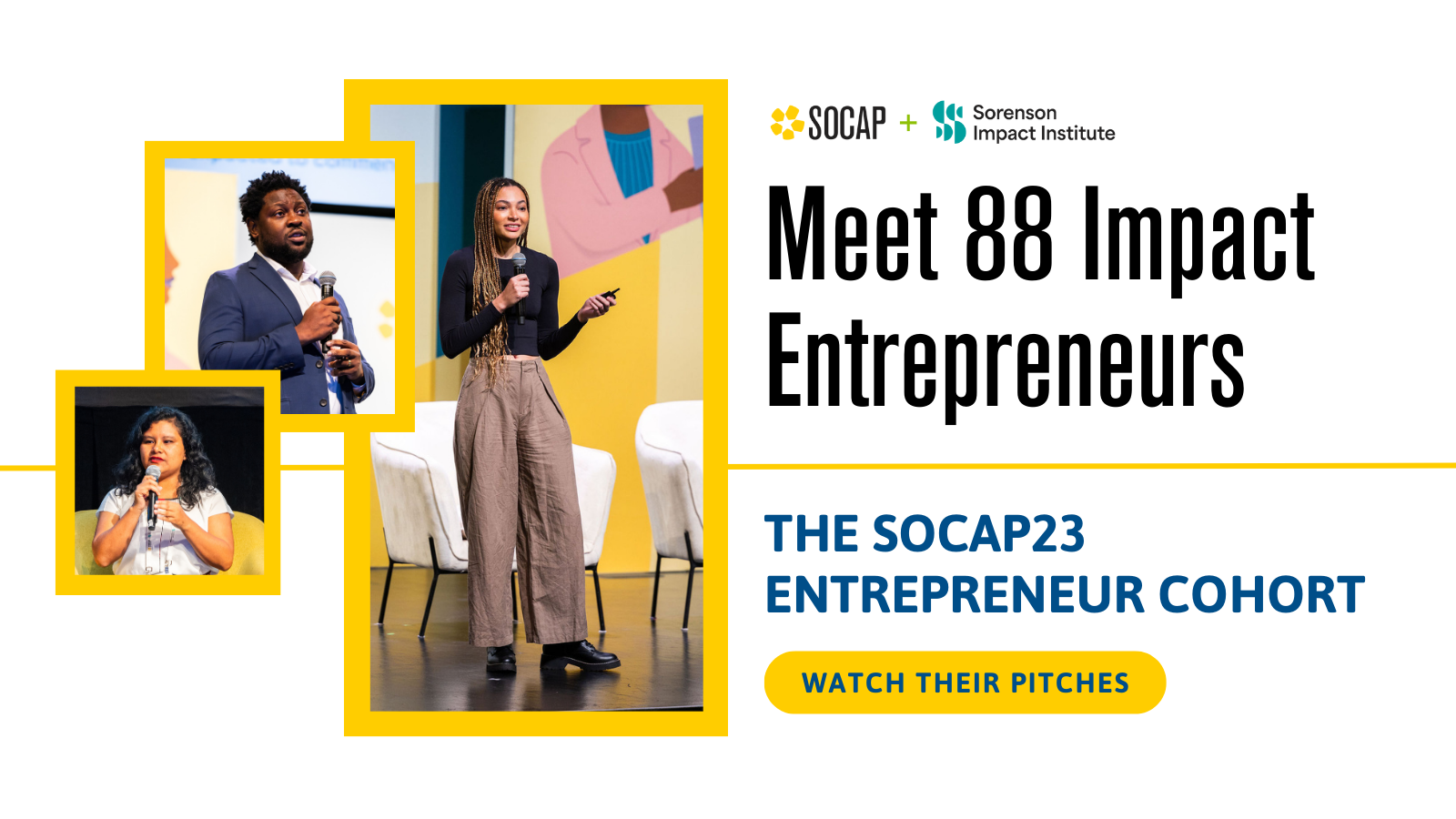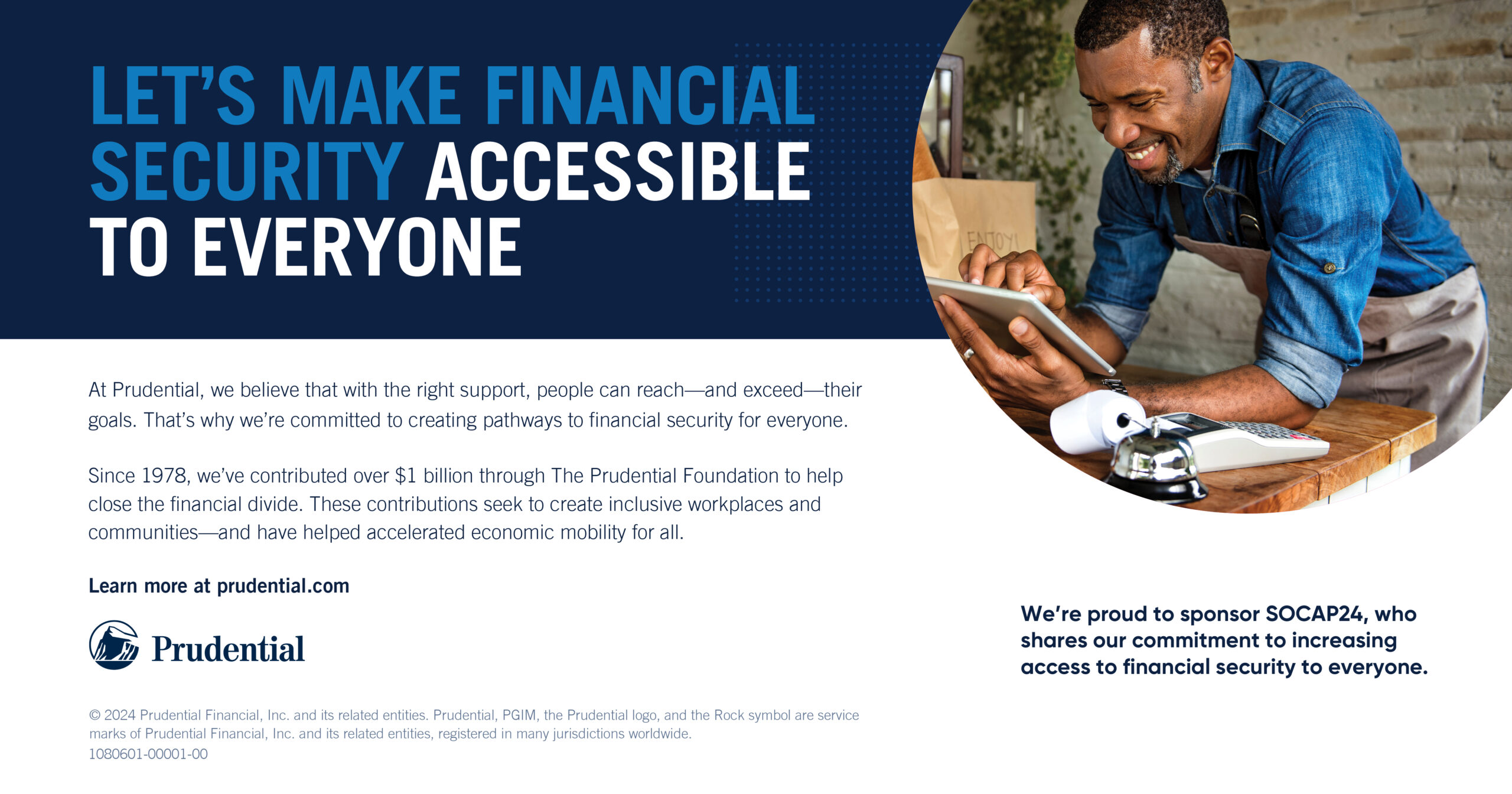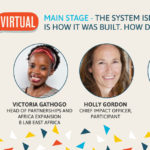Recognizing Interconnectedness Can Help Shape an Equitable, Just Economy
In late January 2020, I spoke at Conscious Company’s 2020 World-Changing Women’s Summit, and my heart was singing as I listened to story after story of executives and leaders of businesses who were navigating new terrain — building conscious businesses with conscious cultures at the foundation. An awakening is happening that rejects the model that business is a separate entity from nature. Nature is showing us that all life is intimately interconnected. The economy of business is a part of the circle of life, our one earth. Every single service and product — hotels, computers, clothing, food, houses, schools, office buildings, televisions, books, cars, airplanes, ideas, innovations — are all made and maintained from elements that come from the earth.
The good news is that a new conscious-business cultural story is arising, based on knowledge long held by Indigenous wisdom-keepers from various traditions around the world. It is a new business economy story that is consistent with modern science, biology, quantum physics, positive psychology, and the ancient and current-day wisdom of Indigenous people. It is the generative world view.
The generative world view acknowledges how everyone and everything is profoundly interconnected. The generative worldview is one where a light is shined on the illusion of separateness — greed, over-consumption, fear — and is replaced with a knowing that we are all part of one interconnected whole, full of relatedness, sufficiency, and appreciation. With this generative world view, there is a new way of being that serves us all — and benefits the Earth.
“We are all related, we are all one. The Indian acknowledges this and so discovers the most liberating aspect of native, indigenous science: life renews and all things which support life are renewable.” — Dr. Apela Colorado, Oneida Tribe, founder of World Indigenous Science Network
Two Tips to Start Building a Conscious Generative Culture in Your Organization
Tip One: Unexamined Assumptions
In a “to do” culture, we humans often rush in to “fix” things before we understand what created the situation in the first place. Instead, pause and take a time-out for you and your leadership team to look at what got us here — how did we, the human species, become such a destructive presence on the planet?
Exercise:
- Identify and write down with your leadership team 4 to 10 unexamined assumptions that have caused problems for our society. I encourage you and your team to identify some which don’t only exist “out there” in the social or business environment, but which also may reside inside of you. For example: “One person can’t make a difference” or “One business can’t make a real difference.” Share and discuss your written assumptions with each other. (You may find that many of the unexamined assumptions have at their base a misunderstanding that we are separate, which has resulted in exploitation and oppression throughout modern history.)
- How might we build a more conscious culture from a generative worldview, creating our story of the world to influence our own and everyone else’s behavior inside and outside our organization? (I encourage you to look at the values you and your organization hold within this discussion.)
“We are the universe in the form of a human. And it is true of everyone. It’s an amazing new understanding of ourselves that is so profoundly inclusive, and everyone is part of this. Everything is part of this, and we discover as well a profound kinship, that no matter what being we’re talking about on the planet, we are related. We are related in terms of energy. We’re related in terms of genetics. We’re all in one way or another like a form of kin and that’s just overwhelming. So it’s just now coming into human awareness. It is going to take a lot of reflection to embody this fully, but it is a massive change in human consciousness.” — Brian Swimme, mathematician in gravitational dynamics and cosmologist.
Tip Two: Undoing Unconscious Bias
Assumptions are unexamined beliefs that direct our behavior: how we view the natural world, how we conduct business, and, importantly, how we relate to the people around us. Without knowing it, we all have absorbed beliefs about others that undermine our desire to be thoughtful, caring, and self-aware leaders. Living in any society, we absorb unexamined, supposed “truths” about people, especially those who are different from us. This is “unconscious bias,” and it affects our thinking and our behavior every day, leading to poor decisions, limited relationships, and hurtful behavior that we aren’t even aware of.
A conscious culture can rise above such unconscious bias with courage and commitment to challenge the negative assumptions about others that we have been infected with. One of my favorite strategies for combating such bias is perspective-taking, which is looking for insight into the experience of marginalized individuals. (By marginalized, we mean “treated as unimportant, powerless, and pushed to the edge, on the margin.”)
Perspective-taking is essentially the process of mentally walking in someone else’s shoes by writing a story about the distinct challenges a marginalized group member might face — what their life is like. Research shows us that taking the perspective of LGBT individuals or racial minorities — by writing a few sentences imagining the distinct challenges a marginalized minority might face — can improve pro-diversity attitudes and behavioral intentions toward these groups. These effects persisted even when outcomes were measured eight months after training. Even more exciting is the fact that perspective-taking was shown to be capable of producing crossover effects. In our experiment, taking the perspective of LBGT individuals was shown to be associated with more positive attitudes and behaviors toward racially marginalized groups and vice versa.
Exercise:
- Pick a group you know you could or do have bias about, any group. Lower or close your eyes so that you are not distracted, and imagine being a member of that group, for a moment. Feel into their experience, what it’s like, what happens to them as they are marginalized, what it feels like.
- Now, take four minutes to write 3 to 5 (or more) phrases or sentences about what it would feel like, what they must face, how their day is affected by the bias around them.
This process is something we can use to build real proficiency at removing unconscious bias. It heightens our ability to constructively empathize with the experience of others, giving us greater insight into our leaders and coworkers, because we have a better idea of what is going on for them and how we can support them most effectively. It helps us become better leaders, co-workers, and community and family members to each other and to the earth.
For the next few weeks, at least, take a moment to exercise your empathy muscles with this activity when you realize (detect) a bias that may be lurking nearby or sticking to you. The rewards are great for people, planet, and profits when we intentionally build conscious business cultures from a generative (Indigenous) worldview.







